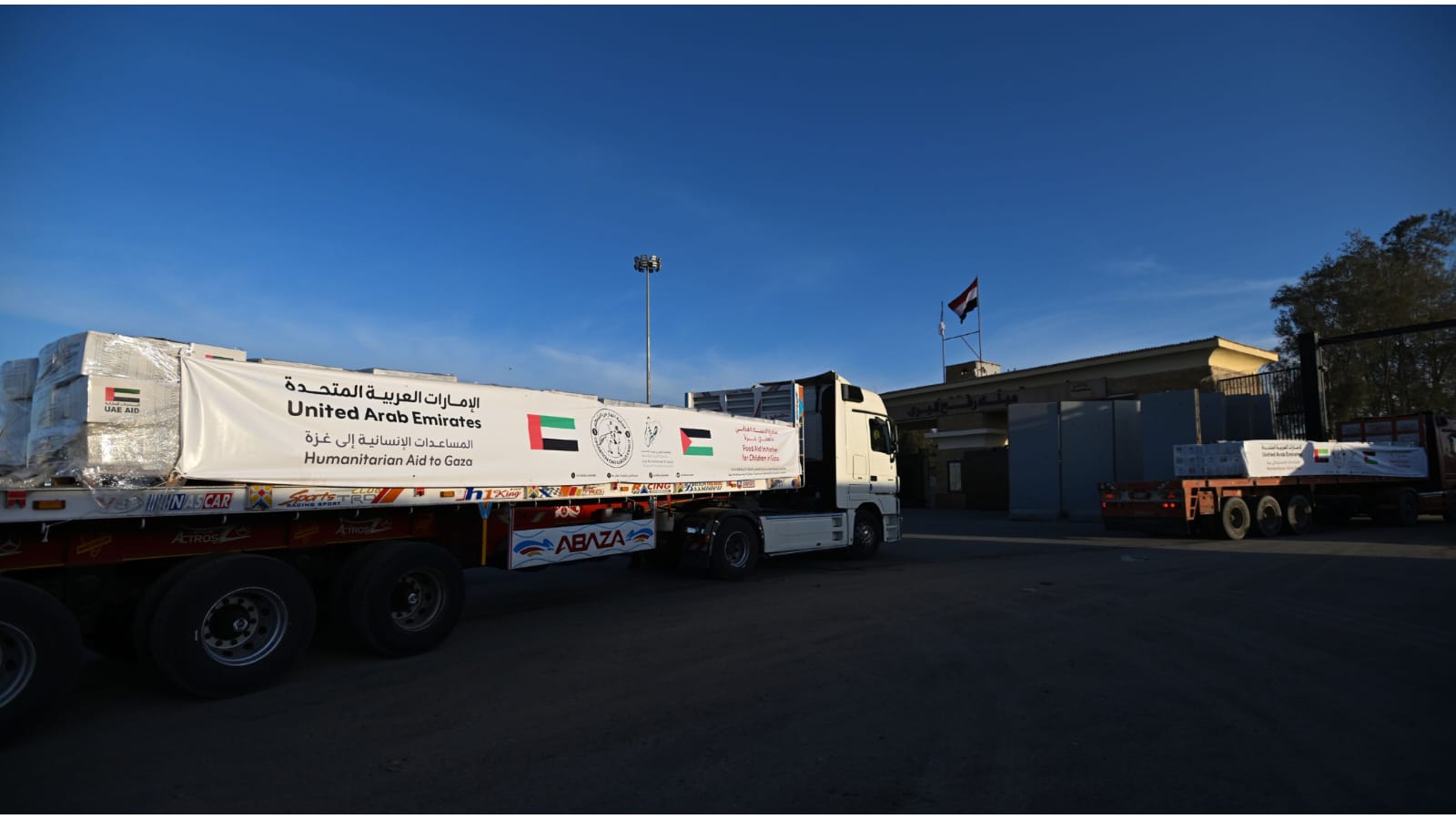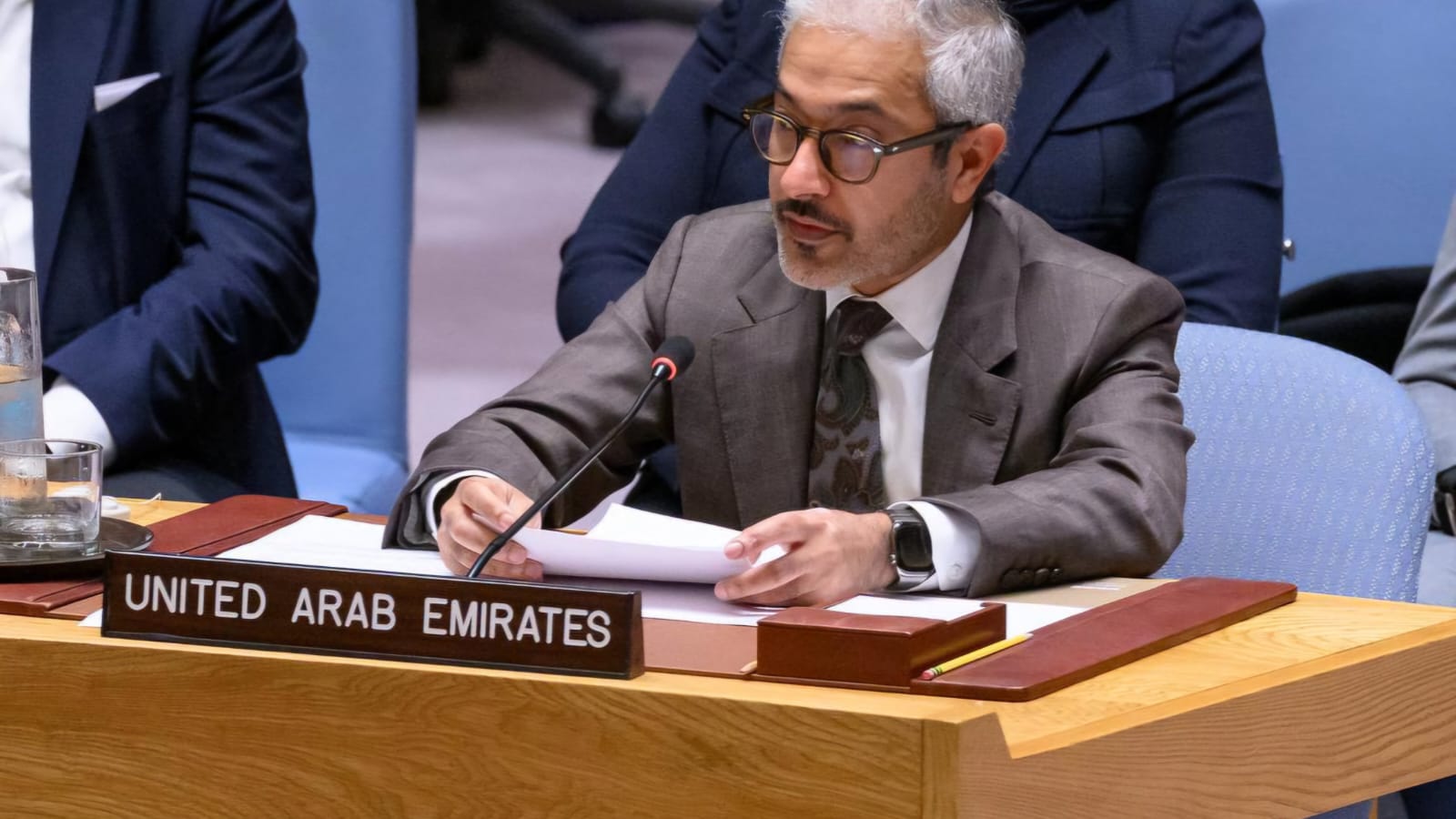Saudi Arabia Embraces 16 years of Refreshing, Cooler Hajj Experiences

A major transformation is on the horizon for one of the world’s most significant spiritual journeys. Hajj, the sacred Islamic pilgrimage to Mecca, is set to enter a cooler phase starting in 2026. This transition comes as a result of the natural movement of the Islamic lunar calendar, which shortens the Islamic year by approximately ten days annually. The result: Hajj will no longer take place during the sweltering summer months for the next sixteen years.
Saudi Arabia’s National Meteorological Center has officially announced that the 2025 pilgrimage will be the final Hajj season during peak summer heat until the year 2042. This shift is a positive development, offering millions of pilgrims across the globe a far more comfortable and safer environment to fulfill one of the five pillars of Islam.
The Lunar Calendar’s Natural Drift Creates Favorable Conditions
The Islamic calendar, being lunar-based, is not aligned with the solar seasons. Every Islamic year, therefore, moves ahead by about ten to eleven days on the Gregorian calendar. This rotation means that events like Ramadan and Hajj gradually pass through different seasons over decades. From 2026 to 2033, Hajj will occur during spring, and from 2034 to 2041, it will take place in winter. The summer season won’t coincide with Hajj again until 2042.
This movement is purely astronomical, but its implications are wide-ranging and deeply impactful. The physical demands of Hajj are considerable—spending long hours outdoors in prayer, walking between sacred sites, and enduring crowded conditions. With the temperature significantly reduced in spring and winter, this sacred journey will become more accessible, safer, and more enjoyable for millions.
2025 Marks a Turning Point in Pilgrimage History
As anticipation builds for the 2025 Hajj season, it will be seen as more than just another spiritual gathering. It will represent a farewell to an era in which pilgrims often braved extreme desert heat. During the 2024 pilgrimage, temperatures in Mecca soared between 46 and 51 degrees Celsius. Despite extensive preparations by authorities, over 2,700 cases of heatstroke were reported in a single day, alongside several heat-related fatalities.
These incidents emphasized the challenges posed by intense heat and underscored the importance of the upcoming transition to cooler Hajj seasons. With 1.8 million pilgrims expected in 2025, Saudi Arabia is preparing with extra attention to detail—ready to support what may be the last summer pilgrimage for over a decade.
An Enhanced Pilgrim Experience Under Cooler Skies
For the global Muslim community, the timing of Hajj matters not only spiritually but also physically. The prospect of performing Hajj without the burden of exhausting heat is heartening to many, especially the elderly, the sick, and families traveling with children. Cooler weather allows for a more contemplative, focused experience—one that deepens connection, eases movement, and enhances overall safety.
It is expected that the shift will also attract those who may have been postponing Hajj due to health concerns or fear of extreme weather. With more moderate temperatures, Hajj becomes increasingly inclusive, allowing more Muslims to participate in this cherished ritual.
The mental and emotional comfort that comes with milder weather cannot be underestimated either. When pilgrims can focus entirely on their spiritual journey without physical strain, the personal and communal benefits of the pilgrimage are magnified.
Saudi Arabia’s Longstanding Commitment to Pilgrim Safety
Saudi Arabia has continuously demonstrated its dedication to improving the Hajj experience, particularly in the face of rising temperatures. The government has made significant strides in recent years to ensure that pilgrims can perform their rituals safely, even under difficult climate conditions.
In 2024, the Kingdom introduced 33 new weather monitoring stations along Hajj routes. These advanced systems allow real-time tracking of weather changes, helping officials make quick decisions and alert pilgrims in case of dangerous conditions. Mobile radar systems were also deployed to strengthen response capabilities.
Authorities have expanded shaded paths and rest zones across pilgrimage sites. Thousands of additional water distribution points have been added, ensuring that no pilgrim is ever far from hydration. Mobile cooling units and misting stations have been deployed along walking routes, and first-aid teams are stationed throughout the pilgrimage zones.
Public campaigns, conducted in multiple languages, provide awareness about heat safety, hydration, and recognizing symptoms of heat exhaustion. These efforts have greatly reduced the risks associated with high temperatures and will continue to serve as key features during future pilgrimages.
A Future of Innovation and Comfort for Pilgrims
The shift into spring and winter will not only ease weather challenges but also create room for more enhancements. Saudi Arabia is expected to leverage this transition as an opportunity to further innovate. Plans are already in motion to improve transport systems, streamline crowd management, and upgrade lodging and health services.
Smart technologies, including digital navigation tools, real-time traffic management, and AI-powered health tracking, are being integrated into the Hajj ecosystem. In the coming years, we can expect an even more organized and efficient pilgrimage experience. The Kingdom’s Vision 2030 plan places heavy emphasis on improving religious tourism, and this seasonal shift fits perfectly into that broader goal.
Hajj, in the future, may feature more sustainable practices too. With less reliance on energy-consuming cooling systems, the environmental footprint of the pilgrimage may decrease, aligning with global efforts to combat climate change.
Global Implications for Muslims Around the World
The shift also comes with meaningful implications for Muslims outside of Saudi Arabia. For pilgrims from cooler regions like Europe, Central Asia, and parts of Africa, the upcoming seasons are far more aligned with their native climates. This makes the pilgrimage more physically manageable and spiritually fulfilling.
Travel agencies and Hajj organizers worldwide are already anticipating changes in demand patterns. As Hajj becomes more comfortable, many expect a rise in applications for the pilgrimage. This may also lead to improved pricing and more flexible travel options, particularly for those traveling with family or dependents.
Moreover, medical professionals, volunteers, and logistical teams accompanying Hajj delegations from abroad will likely face fewer climate-related challenges. This opens the door for better planning and greater efficiency in supporting their respective groups.
Uniting Tradition with Opportunity and Resilience
Despite the weather shift, the essence of Hajj remains timeless. The rituals, prayers, and spiritual purpose of the pilgrimage are untouched by calendar changes. What does evolve, however, is the human experience surrounding it. As modern needs intersect with ancient traditions, opportunities emerge to make Hajj more inclusive, secure, and uplifting.
The upcoming years will serve as a vital chapter in the continuing evolution of this sacred journey. Pilgrims from around the world will not only witness but participate in a uniquely comfortable Hajj era—one that maintains deep roots while adapting to new seasons of possibility.
Looking Ahead With Optimism and Faith
As 2026 approaches, Muslims across the world can prepare for a new Hajj experience defined by milder temperatures and enhanced well-being. The transition marks a welcomed era of relief for pilgrims of all ages. With continued investment, smart planning, and a deep respect for the spiritual purpose of Hajj, this seasonal shift is being embraced as an opportunity—not only for safety but for reflection and rejuvenation.
The pilgrimage to Mecca has always been a test of patience, devotion, and endurance. But in the years ahead, it may also come to symbolize comfort, accessibility, and global unity. Sixteen years of cooler Hajj begins not just with a change in the calendar, but with a renewed focus on uplifting the experience of every pilgrim who embarks on this remarkable journey of faith.








1 Comment
[…] Saudi Arabia gears up for the Hajj season of 2025, Muslim communities around the world are also preparing for the spiritual journey of Umrah. With […]
Comments are closed.